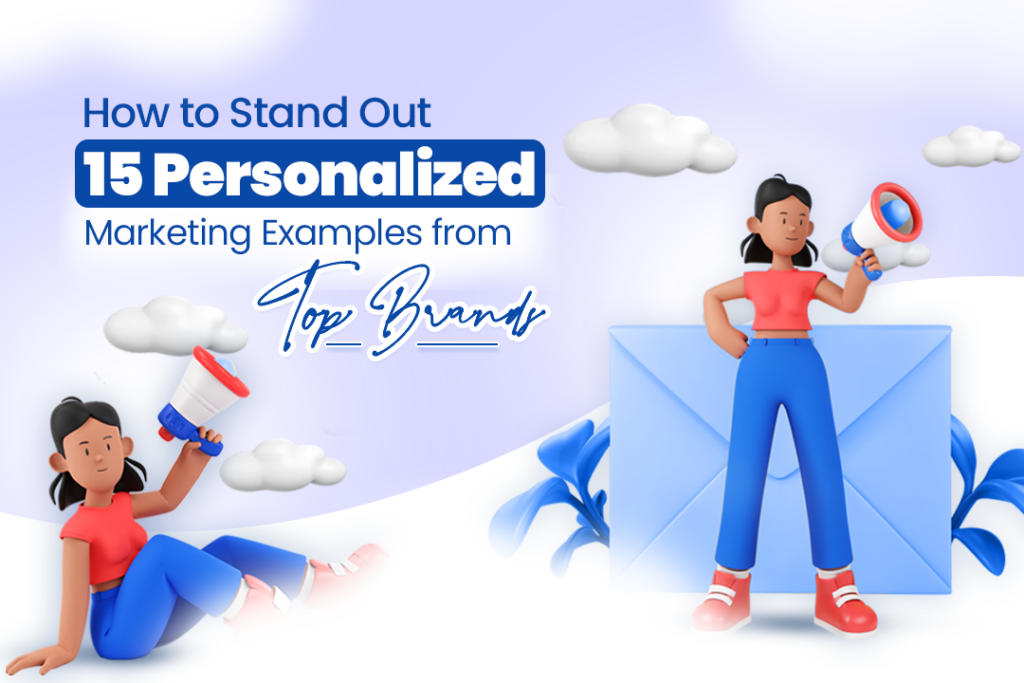
Personalized marketing has become a cornerstone strategy for many successful companies worldwide. This strategy has proven particularly effective in an increasingly digital world.
Today, we will delve into how some of the world’s leading brands have harnessed the power of personalized marketing to distinguish themselves from their competitors. These 15 examples show how companies can leverage data, technology, and creativity to deliver marketing messages that resonate personally with their customers.
15 Personalized Marketing Examples to Watch Out For
If you’re new to the world of personalized marketing and want to know more about it, read our article “Beyond One-Size-Fits-All: Personalized Marketing as a Key to Customer Loyalty” to know more about the topic in depth.
Once you have familiarized yourself with the concept, read along to learn more about the popular personalized marketing examples below. We are sure that they will help businesses deliver targeted and relevant experiences, enhance customer satisfaction, drive conversions, foster loyalty, and gain a competitive advantage in the marketplace.
1. Spotify
Spotify’s “Discover Weekly” playlist is a brilliant example of personalized marketing. Based on a user’s listening history and favorite genres, Spotify creates a weekly custom playlist. It introduces listeners to new artists and songs that align with their tastes.
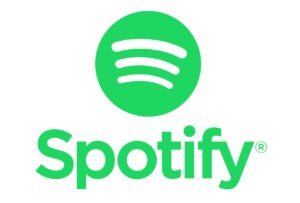
Why It’s a Good Personalized Marketing Example
It exemplifies three main elements:
- Deep Understanding of Customer Preferences: Spotify demonstrates an understanding of individual music tastes. It analyses users’ listening history and favorite genres. This creates a sense of personal connection between the brand and the user.
- Enhanced User Engagement: Spotify ensures continuous user engagement by introducing listeners to new songs and artists each week. This strategy keeps users returning to discover more music, thereby increasing platform stickiness.
- Algorithmic Personalization: Spotify’s ability to transform a vast amount of data into individualized playlists showcases the successful application of machine learning and AI in marketing. It proves that technology, when used creatively, can significantly enhance personalization.
Quick Takeaways
Here is what you should learn from this example-
- Use of data and AI: Properly utilized data and AI can enhance personalization and create unique experiences for each user.
- Encourages repeat engagement: Regularly updated personalized content encourages users to revisit the platform. This increases customer loyalty and engagement.
- Adaptable and dynamic: Flexibility and adjusting to user behavior over time can make personalization more relevant and effective.
2. Netflix
The streaming giant personalizes user experience by suggesting films and TV shows based on their viewing history. Moreover, Netflix goes a step further by personalizing even the artwork of the films/shows shown to users based on their past preferences.
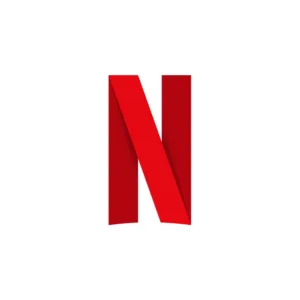
Why It’s a Good Personalized Marketing Example
Netflix’s personalization strategy is considered one of the best due to its multi-faceted approach:
- Deep User Understanding: Netflix analyzes user behavior to understand their preferences. This includes their viewing history and ratings given to shows and movies. This demonstrates a strong commitment to user satisfaction and improves user experience.
- Enhanced User Experience: The personalized recommendations save users time and effort in finding what to watch next, improving user experience and satisfaction.
- Visual Personalization: Netflix doesn’t just suggest what to watch; it also personalizes how these suggestions are presented. By altering the artwork based on user preferences, Netflix ensures that the recommended content is as appealing as possible. It increases the likelihood of the user clicking on it.
Quick Takeaways
Here is what you should learn from this example-
- Data-driven Personalization: Effectively use your consumer data to create personalized experiences. Focus on enhancing user satisfaction and engagement.
- Improving convenience: Making recommendations based on past behavior can help you simplify user decision-making.
- Visual appeal: Remember to consider the power of visual elements in personalization. Tailoring visual elements based on user preferences can increase engagement and interaction with the suggested content.
- Continuous Learning: A successful personalization strategy involves continuously learning from user behavior and adapting recommendations accordingly.
3. Amazon
Amazon is known for its personalized product recommendations. The site suggests products based on a customer’s browsing history, past purchases, items in their wish list, and even items left in their cart.

Why It’s a Good Personalized Marketing Example
Amazon’s personalized product recommendations are a benchmark in the e-commerce industry. They effectively utilize customer data to enhance the shopping experience:
- Personalized shopping preference: Amazon’s algorithm uses customer browsing history, past purchases, wish lists, and items left in the cart to recommend products likely to interest the customer. This increases the relevancy of product recommendations, leading to higher purchase chances.
- Cross-Selling and Upselling: Personalized recommendations also help cross-sell and upsell by suggesting complementary or higher-value items, thereby increasing the average order value.
- Improving User Experience: These recommendations simplify the search process for customers. It surfaces products that align with their preferences.
Quick Takeaways
Here is what you should learn from this example-
- Effective Use of Data: Amazon’s example shows the importance of utilizing customer data effectively for marketing impact. It’s crucial to track and analyze customer behavior on your platform to make relevant recommendations.
- Cross-selling and Upselling: Personalized marketing can also increase sales by suggesting additional or higher-value products that align with customers’ preferences.
- User Experience: Personalization plays a crucial role in enhancing user experience. It simplifies the decision-making process and makes the shopping experience more enjoyable and efficient.
- Cart Abandonment Strategy: Personalizing suggestions based on items left in the cart can also reduce cart abandonment rates.
4. Starbucks
The Starbucks app delivers personalized offers and recommendations to its customers based on their purchase history. It also enables customers to customize their drinks and conveniently order ahead.
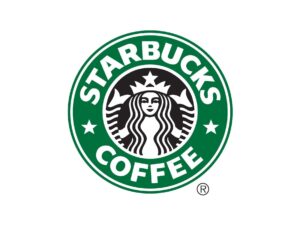
Why It’s a Good Personalized Marketing Example
Starbucks’ app exemplifies personalized marketing with its unique approach:
- Customized Offers: Starbucks ensures the promotions are relevant and appealing to each customer. It provides offers and recommendations based on a customer’s purchase history.
- Enhanced Convenience: The app’s order-ahead feature adds convenience but also allows Starbucks to collect data on customer preferences, enabling further personalization.
- Product Customization: The option to customize drinks according to individual preferences adds another layer of personalization, making customers feel valued and unique.
Quick Takeaways
Here is what you should learn from this example-
- Relevance of Offers: Personalized offers based on customer behavior can improve the effectiveness of promotional campaigns.
- Enhancing Customer Experience: Integrating convenience with personalization, like allowing order-ahead and drink customization, improves the overall customer experience.
- Use of Technology: Effective use of mobile apps can significantly enhance data collection and personalization efforts.
- Customer Value: Giving customers the ability to customize products creates a sense of value and uniqueness. This fosters a deeper connection with the brand.
5. Nike
Nike’s personalized campaign takes the form of its Nike Run Club app, tailoring running plans to a user’s fitness level. There’s also a Nike By You program, which allows customers to customize their footwear.
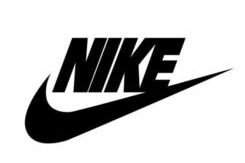
Why It’s a Good Personalized Marketing Example
Nike’s approach to personalized marketing stands out due to its:
- Fitness Personalization: The Nike Run Club app personalizes fitness plans according to the user’s goals. This level of personalization encourages user engagement and fosters a sense of community among users.
- Product Customization: The Nike By You program takes personalization to the next level by allowing customers to design their footwear. This reinforces the connection between the customer and the brand.
- Brand Loyalty: By delivering highly personalized experiences through its app and product customization, Nike builds a strong relationship with customers, encouraging brand loyalty. This leads to repeat customers from new and existing customers.
Quick Takeaways
Here is what you should learn from this example-
- Holistic Personalization: Consider personalizing beyond marketing messages. Product customization and personalized services can enhance customers’ connections with your brand.
- Engagement Through Apps: Utilizing mobile apps for personalization effectively engages customers and gathers valuable data about their preferences and behaviors.
- Understanding Customer Needs: A deep understanding of customer needs and preferences can guide your personalization strategy, leading to more effective and engaging marketing campaigns.
6. Coca-Cola
Coca-Cola’s “Share a Coke” campaign, where the company replaced its logo on bottles with famous names, is a classic example of personalized marketing. This campaign gave consumers the unique experience of finding and sharing a drink with their names on it.
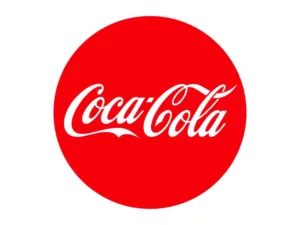
Why It’s a Good Personalized Marketing Example
The “Share a Coke” campaign stands as a benchmark in personalized marketing due to its innovative and engaging approach:
- Physical Personalization: Unlike most personalized digital marketing, Coca-Cola took it into the physical world. This made the personalization tangible and created a sense of novelty and delight among customers.
- Encourages Engagement: Coca-Cola puts names on its bottles to encourage people to buy them and to find their names or the names of friends and family on the bottles, thereby increasing engagement with the product.
- Shareability: The campaign was inherently social and shareable. Customers were excited to share pictures of their personalized Coke bottles on social media, resulting in enormous organic reach and brand visibility.
Quick Takeaways
Here is what you should learn from this example-
- Beyond Digital: Personalized marketing isn’t restricted to digital spaces. Physical personalization can be just as effective and often offers a novel experience for customers.
- Boosting Engagement: Innovative personalization strategies can drive engagement and create unique customer experiences.
- Leveraging Social Media: Personalization strategies that encourage social sharing can significantly increase your campaign’s reach and visibility.
- Creating Emotional Connections: Personalized marketing can make emotional connections with customers, increasing brand loyalty and preference.
7. Cadbury
Cadbury created a personalized video marketing campaign by leveraging Facebook’s user data. The campaign generated a customized video featuring their name and photos on a Cadbury chocolate bar for each user.
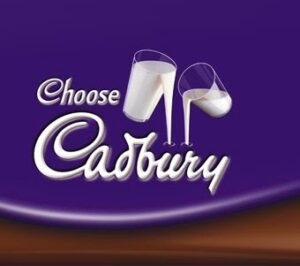
Wh Why It’s a Good Personalized Marketing Example
Cadbury’s personalized video marketing campaign showcases a creative use of personalization:
- Personalized Visual Content: Cadbury created a unique and engaging user experience by personalizing video content with the user’s name and photos. It fosters a personal connection between consumers and the brand.
- Leveraging Social Media Data: Cadbury’s use of Facebook user data for personalization shows how social media can be a powerful tool for creating personalized marketing experiences.
- Emotional Connection: The campaign aimed to evoke joy and nostalgia among users.
Quick Takeaways
Here is what you should learn from this example-
- Innovative Personalization: Personalization isn’t just about recommending products or services. Innovative and creative personalization, like Cadbury’s personalized videos, can create memorable user experiences.
- Social Media as a Tool: Social media is a rich data source for personalization. It offers a powerful platform for delivering personalized content.
8. Sephora
Sephora’s Beauty Insider program runs a data-driven campaign. They use a customer’s purchase history to send personalized emails with product recommendations and offers that align with the customer’s preferences and needs.

Why It’s a Good Personalized Marketing Example
Sephora’s Beauty Insider program is an excellent instance of personalized marketing due to its comprehensive approach:
- Personalized Recommendations: Sephora uses past purchase history to provide customers with relevant and appealing product recommendations. This not only makes shopping more accessible for the customer but also increases the chances of additional sales.
- Personalized Offers: Sephora sends personalized offers that align with customers’ preferences and needs. This increases the effectiveness of their promotional campaigns and fosters customer loyalty.
- Loyalty Program: The Beauty Insider program incentivizes continuous engagement with the brand, which allows for further personalization over time. It also strengthens customer loyalty through rewards and exclusive benefits.
Quick Takeaways
Here is what you should learn from this example-
- Utilize Customer Data: Use past purchase data to make relevant product recommendations and offers. This can improve the shopping experience for customers and drive additional sales.
- Personalized Communication: This makes your marketing efforts more effective and engaging.
- Incentivize Engagement: This improves customer retention and allows for more personalized experiences over time.
9. Google
Google’s personalized ads tailor marketing content to users based on their search history, location, and online behavior. It effectively makes every search a customized experience.
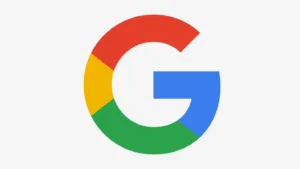
Why It’s a Good Personalized Marketing Example
Google’s personalized ad strategy excels due to its sophisticated use of data and user-centric approach:
- User-Centric Approach: Google prioritizes the user’s immediate needs and interests, providing a seamless and tailored user experience. This focus on the user helps increase the effectiveness of ads and encourages user engagement.
- High-Level Customization: Google’s extensive customization options for advertisers, such as targeting based on demographics, interests, and behavior, allow for precise personalization, making the ads more relevant and effective.
Quick Takeaways
Here is what you should learn from this example-
- Effective Use of Data: Utilizing user data effectively can significantly enhance the relevance and effectiveness of personalized marketing.
- Real-Time Personalization: Leveraging real-time data for personalization, as Google does with search data, can provide immediate value to the user.
10. Airbnb
Airbnb sends personalized travel suggestions based on customers’ travel history and past searches. It also offers ‘Experiences’ based on the user’s destination, providing unique, localized experiences.
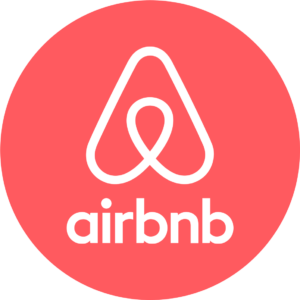
Why It’s a Good Personalized Marketing Example
Airbnb’s approach to personalization enhances the user experience and increases engagement:
- Personalized Recommendations: This increases the likelihood of bookings.
- Custom Messaging: Brand suggestions such as personalized emails ensure that users are informed about potential stays and experiences that align with their interests.
Quick Takeaways
Here is what you should learn from this example-
- Personalized Messages: Send tailored brand messages to users based on their past interactions with your platform. Targeted messages increase the possibility of turning post-click site engagement into a potential customer.
- Focus on User Experience: Personalization enhances the overall user experience, leading to increased user satisfaction and loyalty.
- Real-Time Personalization: Leveraging real-time data can make personalization more immediate and relevant.
11. Warby Parker
This eyewear brand uses a quiz to understand users’ style preferences and then provides personalized glasses recommendations.

Why It’s a Good Personalized Marketing Example
Warby Parker’s Home Try-On program stands out for its innovative approach to personalization:
- Personalized Service: Warby Parker makes buying glasses more comfortable and personalized by enabling customers to try on glasses at home. This service caters to individual needs and makes customers feel valued.
- Improved Buying Behavior: The Home Try-On program allows customers to make informed decisions by testing the product in their environment and at their convenience. This enhances the customer experience and reduces the likelihood of returns.
- Enhanced Customer Engagement: This innovative service fosters more significant engagement with the brand and product, leading to a deeper connection with customers.
Quick Takeaways
Here is what you should learn from this example-
- Customer-Centric Approach: Focusing on the customer’s needs and convenience improves the buying decision process.
- Engagement: Creating innovative experiences can lead to enhanced customer engagement and loyalty.
- Reducing Returns: By allowing customers to try products before buying, you can increase their confidence in their purchase and reduce the likelihood of returns.
12. Zillow
The online real estate marketplace sends personalized emails to users featuring new listings that match their saved search criteria, making property hunting more efficient and personalized.
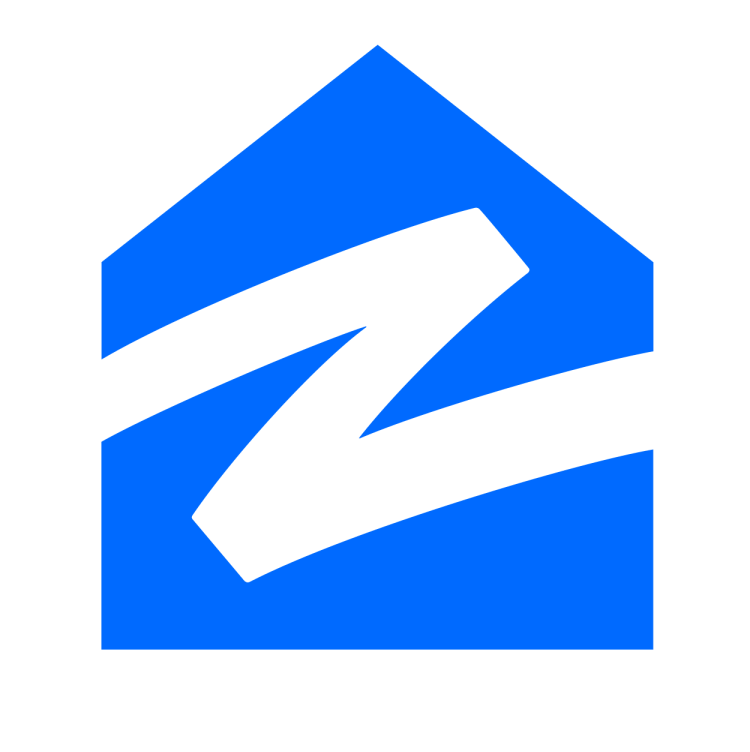
Why It’s a Good Personalized Marketing Example
Zillow’s modern marketing strategy is effective due to its user-centric approach and efficient use of data:
- Personalized Notifications: The platform’s notifications and email updates inform users about new listings that fit their criteria. This tailored communication fosters continuous engagement with the platform.
- Improving User Experience: The overall effect of these personalization efforts is an enhanced user experience, which leads to increased user satisfaction and platform usage.
Quick Takeaways
Here is what you should learn from this example-
- Focus on User Experience: It increases user satisfaction and loyalty.
- Real-Time Personalization: As with Zillow’s timely property updates, leveraging real-time data can enhance the immediacy and relevance of personalization.
13. The New York Times
The New York Times (NYT) provides a dynamic content experience by recommending articles based on a user’s reading history and preferences. In addition, the “For You” tab in the NYT app allows users to tailor their news feeds according to their interests.
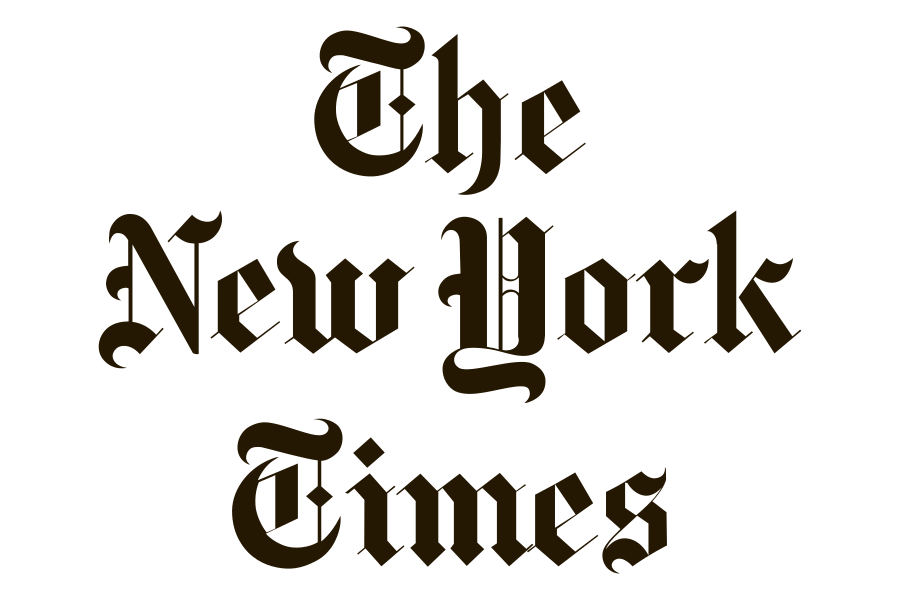
Why It’s a Good Personalized Marketing Example
The New York Times is a subscription-based company. Its approach to personalization enhances user engagement and subscription value:
- Personalized Recommendations: The NYT recommends articles relevant to today’s consumers, increasing their time spent on the platform.
- Increasing Subscription Value: Individualized Content makes a subscription more valuable to the average consumer, increasing subscription renewals and customer loyalty.
Quick Takeaways
Here is what you should learn from this example-
- Empower Users: Allow users to customize their experience according to their interests. This can enhance the value of your service and lead to happier customers.
- Focus on Customer Retention: Personalization can increase the value of a subscription or service. This leads to increased customer retention and loyalty.
14. L’Oreal
L’Oreal’s “Modiface” augmented reality (AR) technology offers personalized makeup and hair color try-on. By scanning a user’s face, the technology allows them to try on different products virtually.
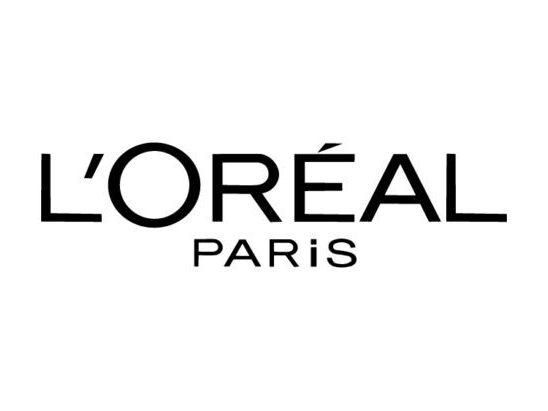
Why It’s a Good Personalized Marketing Example
L’Oreal’s use of AR technology for personalization is an excellent example of utilizing technology to enhance the customer experience:
- Virtual Product Try-Ons: L’Oreal’s Modiface allows users to try on makeup and hair colors virtually, making the product selection process more interactive, personalized, and fun.
- Informed Decision Making: By providing a virtual try-on experience, L’Oreal enables customers to make more informed decisions.
Quick Takeaways
Here is what you should learn from this example-
- Innovative Personalization: Utilize technology to offer innovative personalization experiences, such as virtual product try-ons.
- Aid in Decision Making: Use personalization to help customers make more informed purchase decisions. Increasing customer satisfaction and reducing returns.
- Fun Element: Adding a fun and interactive element to the shopping experience, like L’Oreal’s virtual try-ons, can enhance customer engagement and brand perception.
15. Adidas
Adidas’s “GLITCH” campaign involved creating a football boot with an interchangeable outer skin. This product could be customized according to the user’s style preferences. Moreover, the shoes could only be purchased through an invitation code from an existing user, adding a unique, exclusive element to the buying experience.
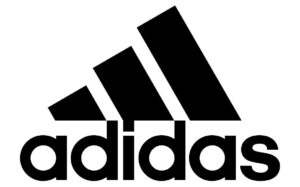
Why It’s a Good Personalized Marketing Example
Adidas’s GLITCH campaign demonstrates innovative personalization and exclusivity:
- Product Customization: Adidas offers a uniquely personalized product by allowing users to customize the look of their football boots. This level of personalization can increase customer satisfaction and brand loyalty.
- Exclusivity: The exclusive, invite-only approach created a sense of community and unique access.
- Unique Marketing Strategy: The GLITCH campaign’s unique approach demonstrates the potential of innovative personalization strategies.
Quick Takeaways
Here is what you should learn from this example-
- Unique Marketing Strategies: Innovative personalization strategies, like Adidas’s GLITCH campaign, can set your brand apart and create a memorable customer experience.
- Community Building: Involve your customers in your marketing strategy to build a strong community, which will increase customer loyalty and engagement.
Key Takeaway
Personalized marketing stands at the forefront of effective business strategies. It demonstrates immense value in enhancing customer experience and engagement. By drawing inspiration from top brands, businesses can develop an innovative approach to delivering personalized experiences.
As an example, let’s look at Eventible. A review platform like Eventible is used as a tool for social proof. It collects reviews from conference attendees worldwide. Analyzing them provides stakeholders with a complete overview of attendee preferences and behavior. This helps the organizers create a better attendee experience for the following years.
Ultimately, personalized marketing is a powerful tool for fostering loyalty, enhancing user satisfaction, and driving growth. It’s more than just a trend; it’s an essential facet of successful, customer-centric business operations in today’s market landscape.

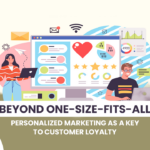
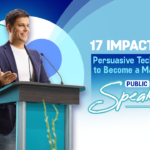

Comments are closed.